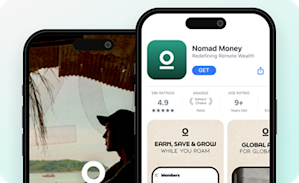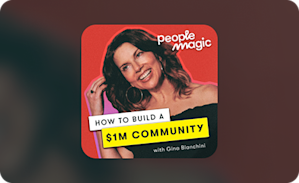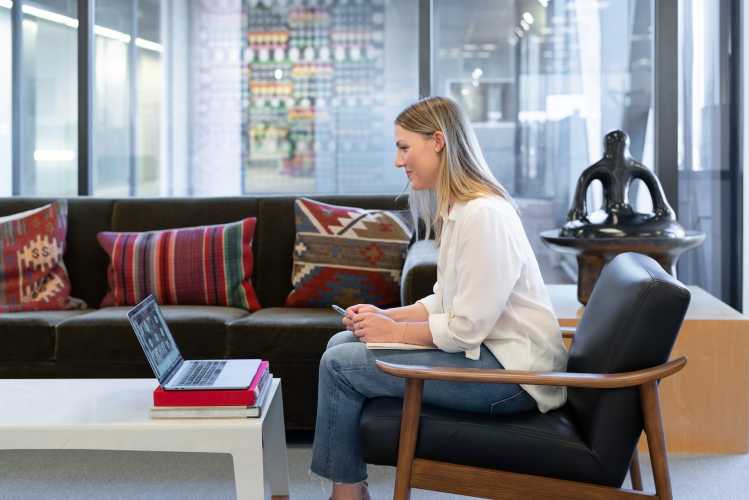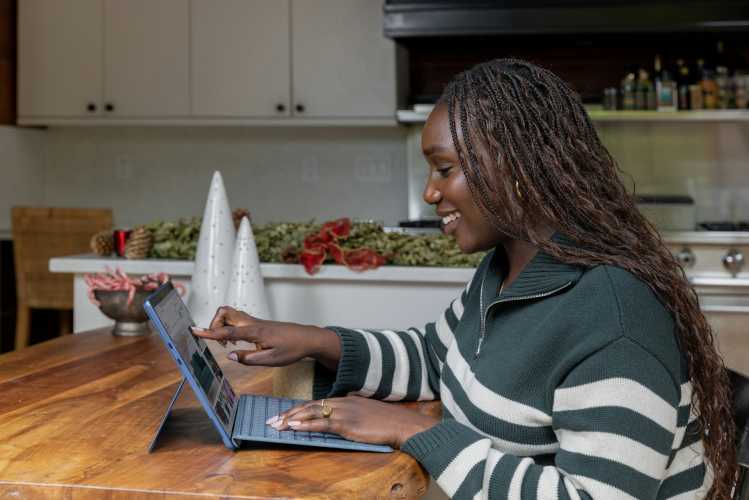Online Courses
How to Create a Cohort-Based Course
When you create a cohort-based course you’re able to build a community and help people achieve their goals at the same time. Here’s how to do it.
Author
Mighty Team
Last Updated
February 6, 2025

We are in a moment where now, more than ever, people have the opportunity to learn new skills through online courses. If you’ve considered teaching an online course, this is your moment. But keep in mind that there are a variety of ways you can go about it.
Traditionally, when people think about online learning they think about pre-recorded videos, PDFs, and a lot of alone time. But many creators are rethinking the ways they deliver their online courses that are both dynamic and engaging.
That’s where cohort-based course design comes in.
When you create a cohort-based course, you’re bridging the gap between online learning and online community building. Ahead, we’ll explore what cohort-based courses are and how you can create one yourself.
If you want more support in building your online course and community, come join OUR Mighty Community for free and meet other new and established community owners! We’d love to meet you. Join for free!
What is a cohort-based course?
A cohort-based course usually involves more traditional forms of teaching where you build out a structured syllabus—with assignments, projects, and more— for your students, who learn the material together as a group.
Before we go any further, let’s make sure we’re all on the same page. When we say “cohort” we’re talking about a group of people who have come together to accomplish a common goal. That goal could be anything from learning a new skill, solving a complex problem, or even figuring out how to create an online course.
The biggest component with cohort-based courses is a heavy emphasis on “live” learning. That’s when you bring your members together in a real-time session to go over your content.
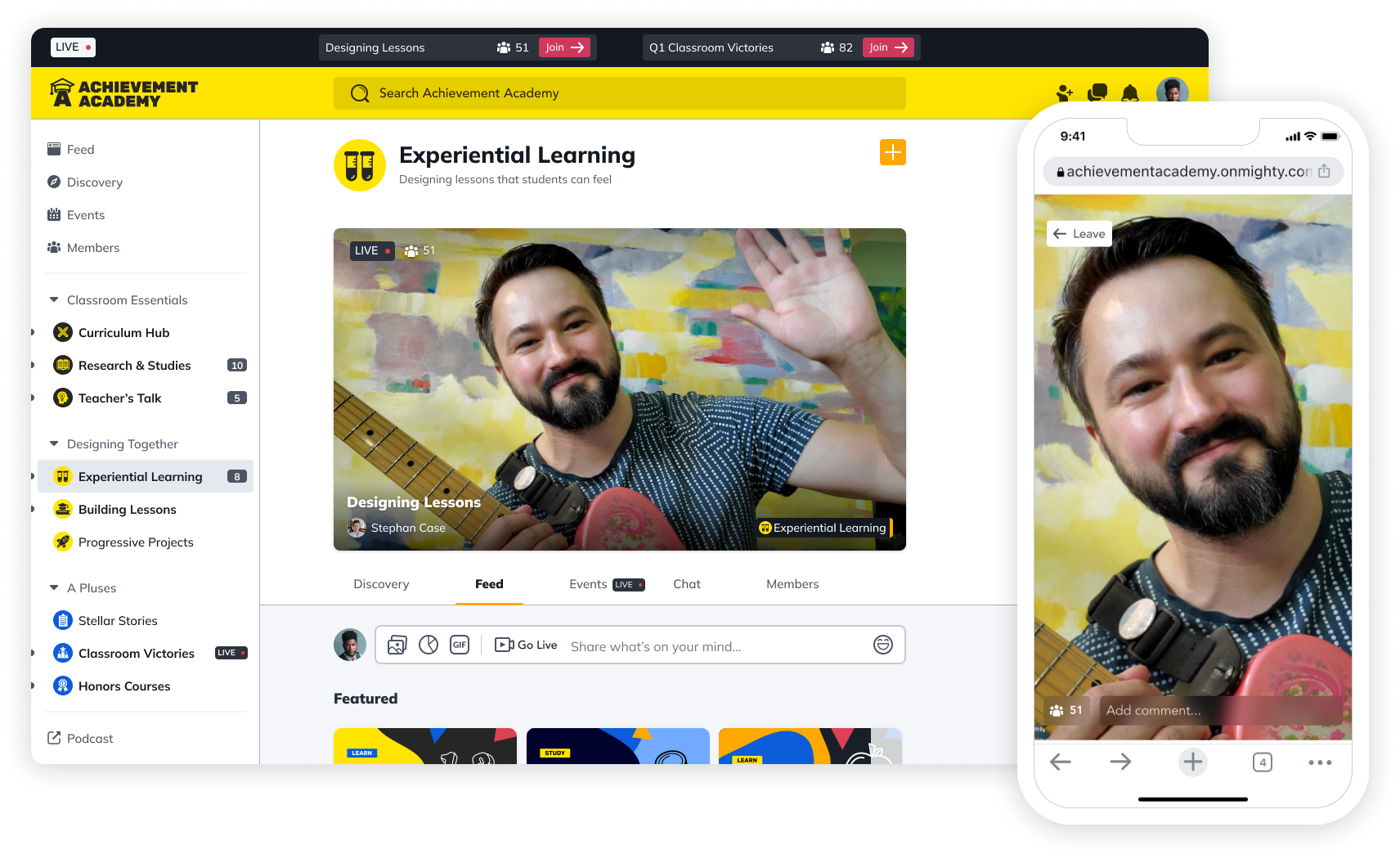
This could mean that you hold a regular weekly lecture over Crowdcast or Zoom to go over your lessons, or you host office hours a few times a week to field questions and comments. No matter the cadence you choose, the emphasis here is bringing together your cohort of students in one place, at the same time— just like an in-person class.
Now that we’ve gotten the basic concept out of the way, let’s unpack how to create a cohort-based course. First, we’ll look at what to do before launch, and then what to do after.
Planning your cohort-based course
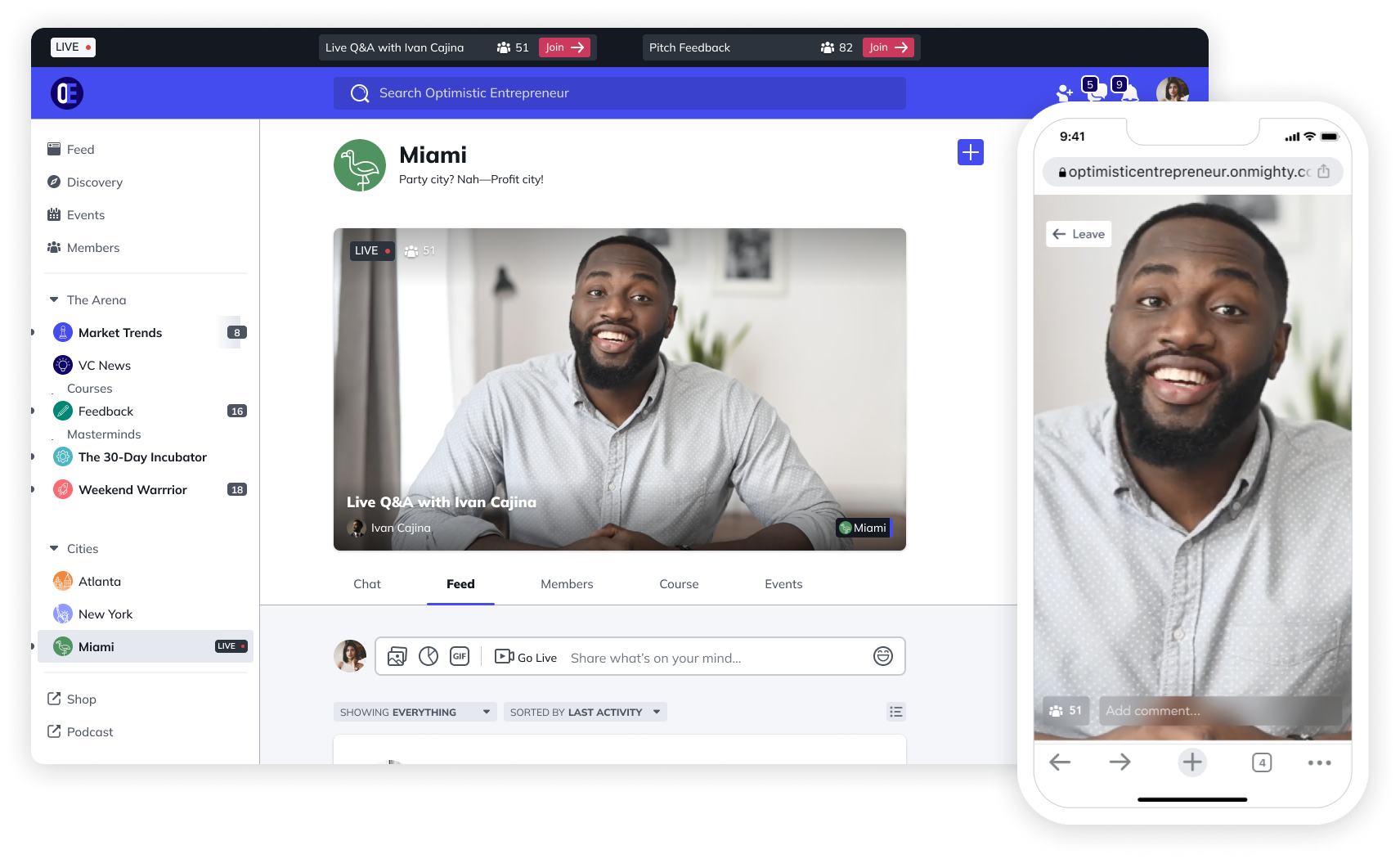
One of the most important steps of building a cohort-based course is going to be the planning stage. Why? Because as you plan for the course, you’ll gain a better understanding of what it is you want from the course as well as what you like to teach your members.
You might be thinking, “O, but what are the things I should be planning?” We’re glad you asked.
1. Define your cohort’s big purpose
A key factor for any creator thinking about building an online course is clearly defining what your class’s big purpose will be. What do we mean by that? Your big purpose is the motivating factor of your online course. It’s a goal that can only be achieved by completing your course content and following your unique perspective on your course topic.
But when you create a cohort-based course, it’s even more important to think about how your big purpose unifies your community to accomplish a goal together.
Here are some tips to help you get started:
Move beyond questions of “what“ goal are you building toward. Instead, ask yourself “how” you are building toward it. Knowing what goal it is you’re pushing your students toward is great. But it’s important to know how you’ll provide your members with opportunities to achieve those goals. This could mean having clearly defined roles for members in group work, brainstorming different activities to do together, or something else entirely.
Understand what’s stopping your members from achieving their goals and how you can provide them a pathway to success. Part of your role as a teacher is to uncover new perspectives for your members to think about in relation to the goal they want to achieve. That means you need a clear understanding of what’s stopping them right now and provide some clarity for them to rethink their approach. When you know what the roots of their problems are, you can create course content that helps them see things differently.
2. Create opportunities for collaboration
A key component of building a cohort-based course is emphasizing the value of collaboration. Unlike a self-paced course where members work through pre-made lessons on their own time, a cohort is centered around helping people solve problems as a group. That might seem scary or like a lot of work, but it doesn’t have to be.
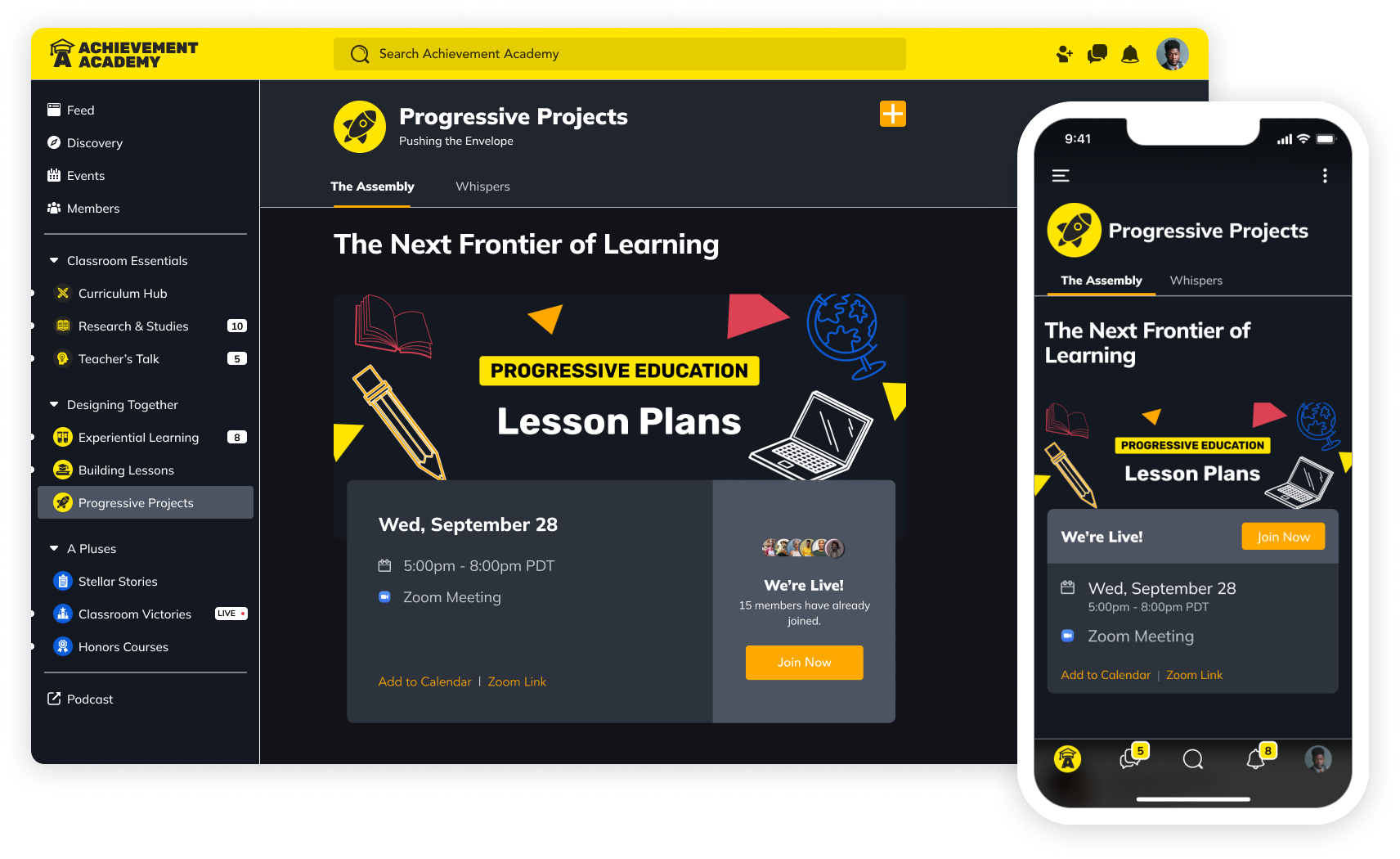
With a self-paced course, your main concern will be whether the content you’ve built helps your members get closer to their goals with minimal additional work from you. But when you create a cohort-based course, your focus shifts. It’s more about how working through your content collaboratively will help your students achieve their goals faster.
Here are few tips to help you think about cohort collaboration:
You’re running the show, but you don’t need all the answers. When you’re designing your course content, don’t be afraid to lean on your members for help. One of the benefits of working with other people is hearing their perspectives, right? To do this, try hosting office hours, or utilize breakout rooms in Zoom. Think about open-ended questions you can ask and have your members come up with solutions as small groups. Then, after they share their own takes, you’ll have a better idea of how you can better facilitate their growth.
Understand your member’s strengths and weaknesses. While everyone in your course will be working toward the same common goal, that doesn’t mean they are all in the same place. Get to know what your individual members’ strengths and weaknesses are. Not only will you get to know your members better, but you have more awareness of how to group the members of your cohort together to boost each other up.
3. Emphasize interactivity with your course design
When you teach an online course it can be easy to fall into the trap of simply releasing PDFs and pre-recorded videos. Don’t fall for it! Of course, these are important tools to utilize when building an online course, but you also have many more options to experiment with to help your members succeed.
The big thing to remember about creating a cohort-based course is that the whole reason you’re bringing this group of people together is that they can become stronger by working together.
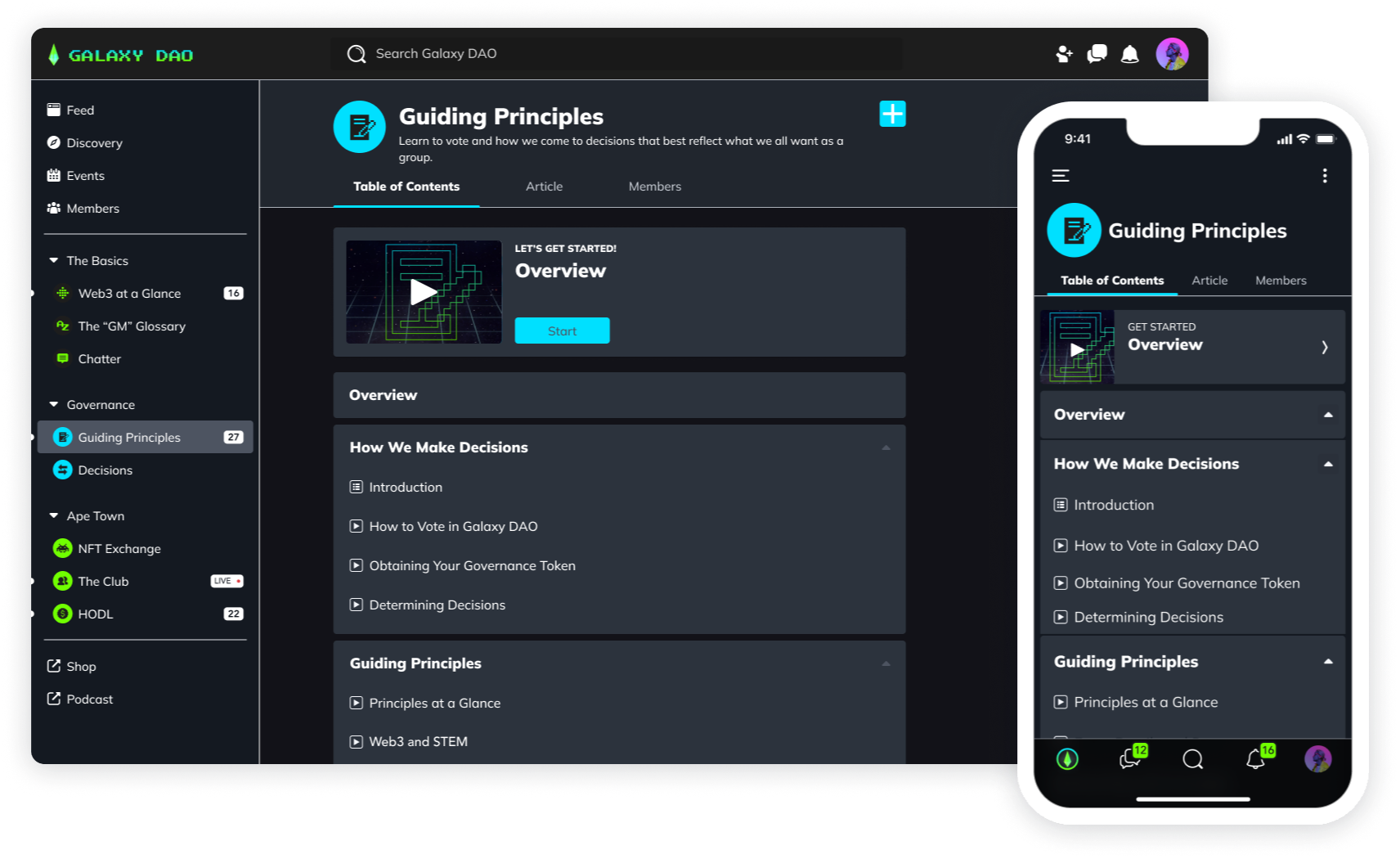
Here are some concrete ways you can experiment with interactive learning:
Utilize Google Docs or Google Slides as you teach your lessons. We’ve all been in a class at some point in our lives where the instructor talked our ears off. We’re not saying that the information given wasn’t valuable, but maybe there are better ways to deliver it. A great way to keep your members engaged as you lecture about a topic is to keep a running Google Doc or Google Slideshow going as you present.
In it, your students can comment, leave questions, ideas, links, and more. This way it feels like everyone is contributing and staying active during the presentation. Also, it’s a quick and dirty way to offer impromptu surveys, questions, and more.
Use multimedia based resources. We are living in a moment where anyone can create a video, podcast, document, and more. Everyone in your cohort will learn differently and jive with different kinds of content. For some, they will love having worksheets to go along with your lessons. For others, they might want visual aids for you to provide. Thinking outside the box will make the experience of learning more fun for your members and it will keep the content interesting for you to teach.
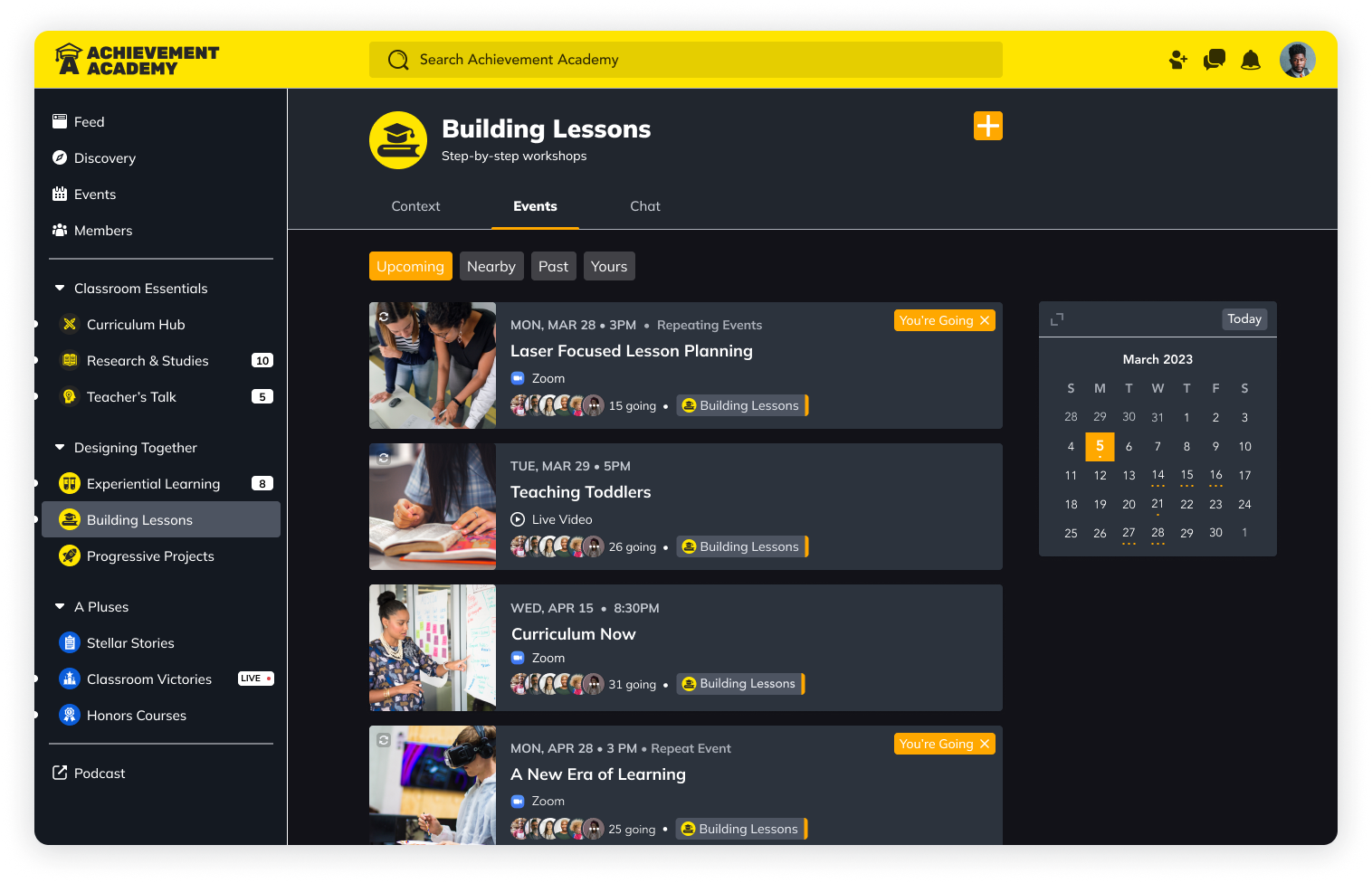
If you’re in a Zoom session with your members, allow them to share their screens if they find something interesting or useful for the class.
Now that we’ve covered some things to think about as you create a cohort-based course, let’s look at what to do once you’ve launched.
After you create a cohort-based course
Once you’ve created a cohort-based course and start bringing in students, the real work begins. Here’s how to make your role a bit easier to navigate.
4. Invite the unexpected
Prior to launching your course, you’ll do a lot of planning to set yourself up for success. But after you’ve kicked things off, there’s a good chance you’ll start running into a number of unexpected challenges, whether they are questions, concerns, or new ideas that your members bring to light.
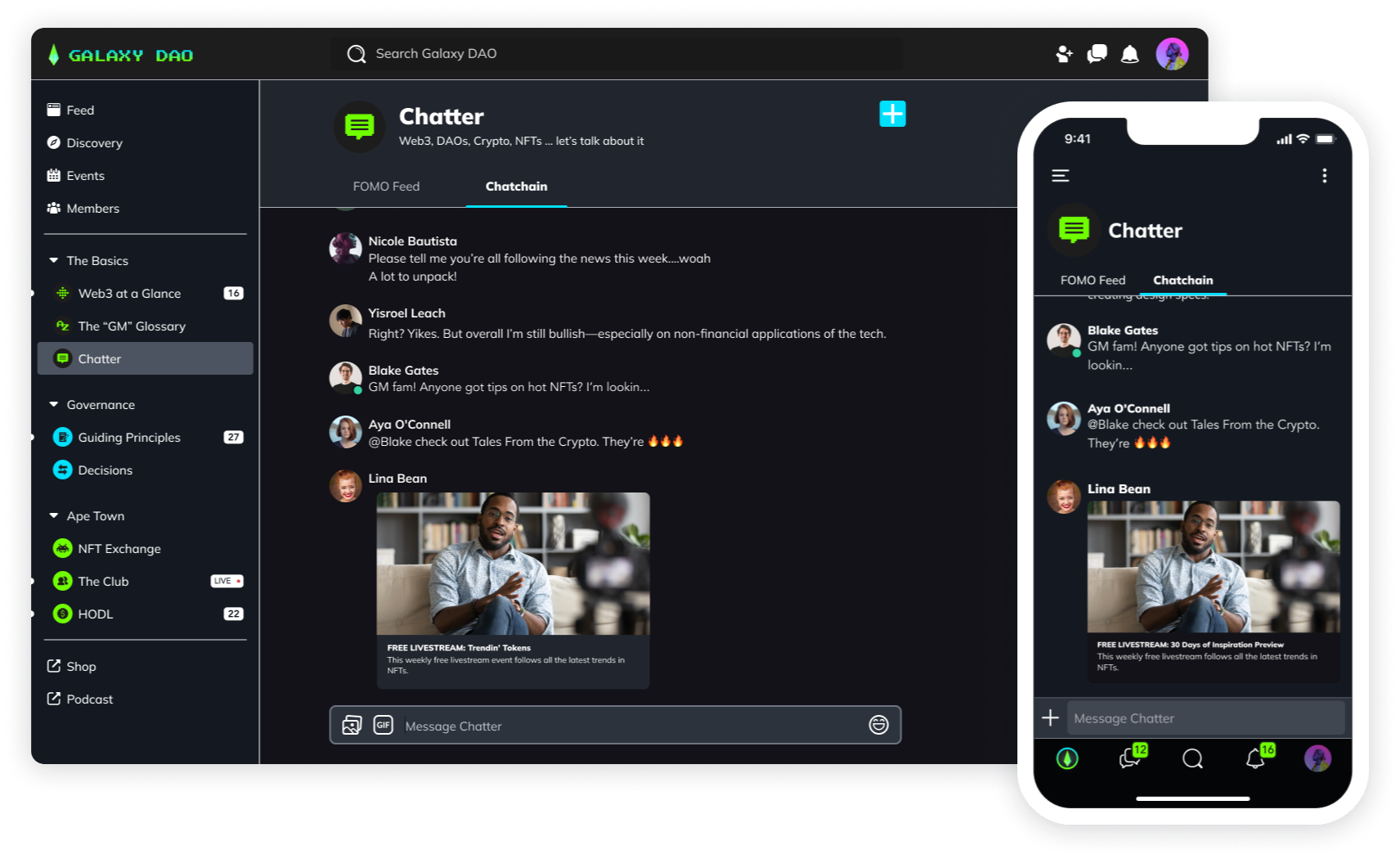
It might seem like the correct response to these challenges is to stay the course. Instead, we recommend committing to curiosity. That means trying new things, asking for feedback, and trusting the process.
Part of teaching in a real-time capacity is accepting things are not always going to go according to plan. When things aren’t working out as planned, the best educators change course and invite the unexpected. Knowing when you should be flexible and listen to the needs of your members is important.
5. Determine your availability
A struggle for all teachers is figuring out how available you’ll be for your members. First off, it’s okay if you’re not around all of the time. But part of learning any skill is the time we put aside to practice it by ourselves. You won’t always be available to answer your members’ questions (nor should you be!). Make sure to emphasize to your cohort that you’re here to help, but they are the arbiters of their own success.
Figure out how often you’d like to bring your cohort together for a group meeting and stick to that schedule. If your members have additional questions consider offering a form of office hours or time where they can meet with you individually (or in small groups) to go over lingering questions.
But don’t overextend yourself. Part of the benefit of a cohort-based course is that your members can lean on each other to find answers and address concerns. Make sure to emphasize the importance of collaboration from the beginning.
6. Ask your members for feedback
We believe that the cohort-based course you’re building will be great, but there’s always room to improve. A great way to generate activity within the cohort you’re teaching is to ask them what is and isn’t working.
This goes back to our point about inviting the unexpected. At the end of the day, no one is expecting you to be perfect and to have all of the answers. What your cohort is expecting is that you’re open to mixing things up if the content isn’t working and that you’re receptive to feedback.
Remember, feedback (whether good or bad) is always worth hearing if it’s constructive. Why? Because it will allow you to build better content and it shows that you value the voices of your members.
What is an example of a cohort-based course?
If you’re still unclear about how a cohort-based course operates, why not give one a try? Here at Mighty Networks, our tentpole cohort-based course, the Community Design Masterclass™, teaches creators how to build a community, membership, or course that’s so valuable, you can charge for it.
We cover all the topics you need to consider, from how to increase content and improve community engagement, to how to price your online course and all the other components you need to start off on the right foot.
The best part? It’s all taught live and cohort-based. In the Masterclass, course members can ask questions, form connections with other creators interested in community building, and have a guided experience every step of the way.
And if you need to step away from the class for a while, we also offer the option for a self-paced learning experience too.
Conclusion - Start building!
So hopefully that clears up some questions for how you might build a cohort-based course. At the end of the day, when you choose a cohort-based course model you’re emphasizing the importance of community when it comes to learning new skills. And that’s awesome.
Now it’s time to get the ball rolling building your class. If it’s not apparent yet, you’ll be investing more face time with your members, but with that comes deeper lasting connections.
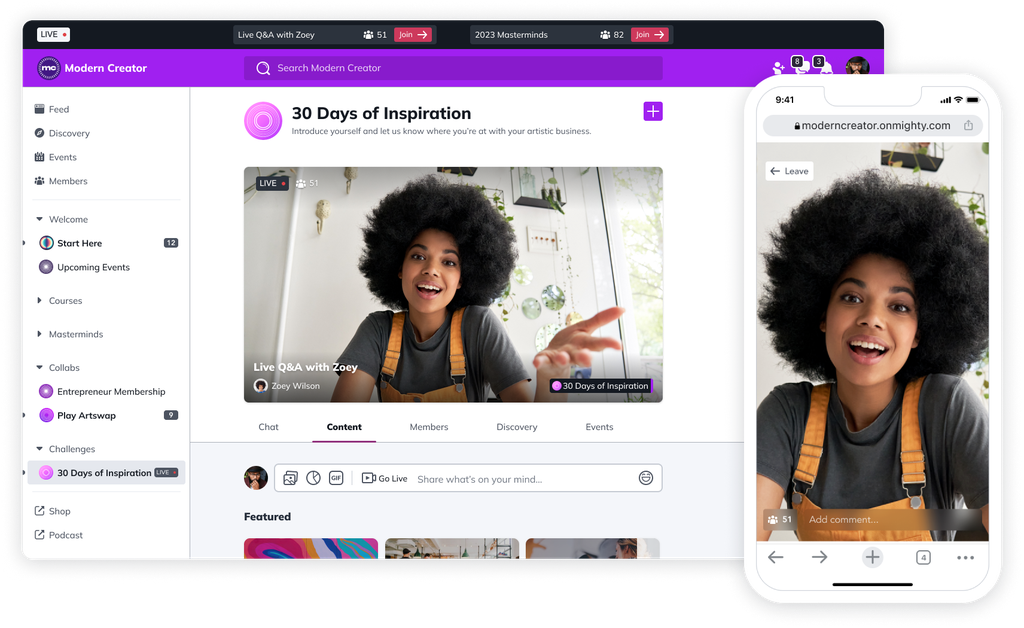
Mighty gives you an amazing cultural software platform that -- you guessed it -- works great for cohort-based courses! With Mighty's flexible Spaces, you can bring together features like discussions, courses, virtual events, live streaming, and content with your teaching. And the best part is that whatever you decide to build with your Mighty Network is instantly available across web, iOS and Android. This gives your members flexibility for how they interact with each other and your content.
Let’s build something great together.
Ready to launch your cohort-based course?
Ready to start building your community?
Start a free 14-day trial to explore Mighty—no credit card required.
More like this
Join Mighty Community
Learn the principles of Community Design™ (and see them in action) alongside thousands of creators and entrepreneurs. It's free to join!
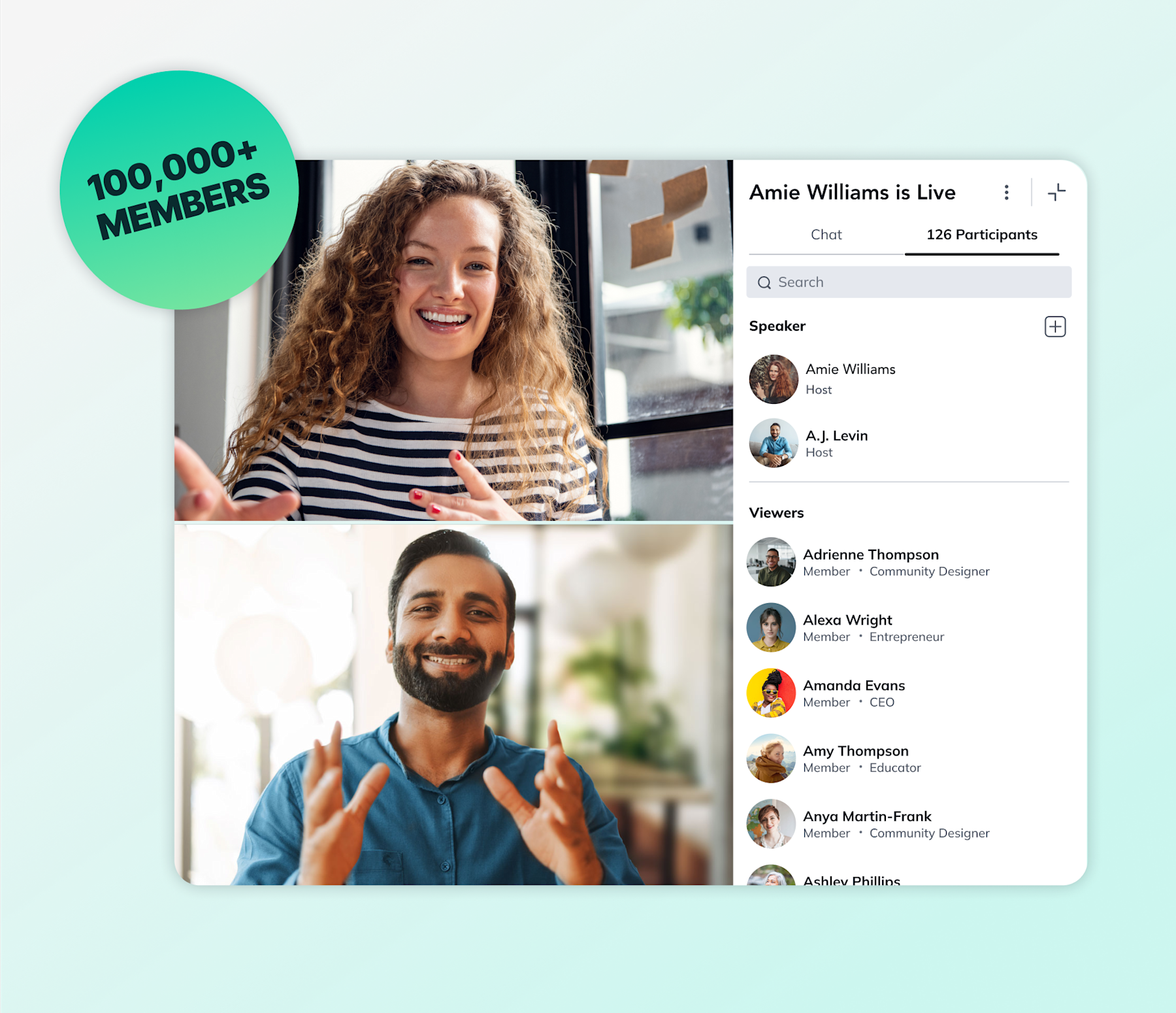
Online Courses
Creating a Course
Teaching a Course
Course Platforms
Selling a Course
Communities & Memberships
Community Platforms
Managing a Community
Building a Community
Growing a Community
Monetizing a Community
Content Creation
Creators & Entrepreneurs
Monetization
Content Creation
Starting a Business
Website Builders
Creating & Managing a Website
Events
Event Platforms
Hosting & Marketing Events
Branded Apps
Creating a Mobile App
Coaching Apps
Community Apps
Coaching
Mastermind Groups
Starting a Coaching Business
Coaching Platforms
Filter by Category
Online Courses
Communities & Memberships
Creators & Entrepreneurs
Events
Branded Apps
Coaching
Build a $1 Million Community
This free masterclass went viral—sign up to learn why.


